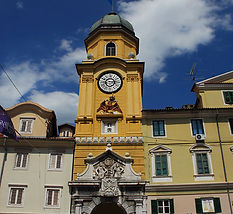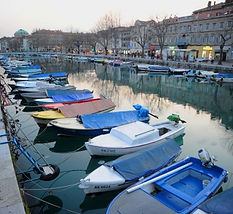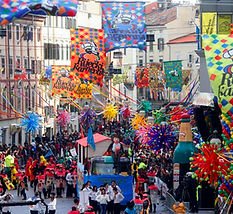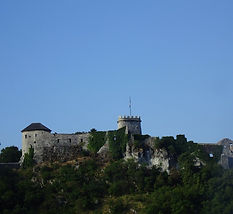
KVARNER BAY
Kvarner bay
Here the littoral landscape is practically in the immediate vicinity of the mountainous and forested region of Gorski kotar, the Mediterranean clime and way of life are first neighbours with the harsh mountain climate, while the world of a fashionable tourist resort boasting a150 year long tradition is so vastly different from the simple rhythm of the island life. Kvarner is a place where those seeking the glitter of trendy summer resort - like the lovely Opatija whose tourist tradition, parks replete with lush greenery and elegant villas, combined with the 12 km long promenade by the sea, attract guests throughout the year.
Perhaps you imagine an ideal holiday, one where you can set off from the shore towards sunny islands, and then sail back to seek the peace and quiet of a mountain peak. In the process you dream of a sun-bathed Riviera that can, should you so wish, be replaced within a span of 10 km by ascetic peace and fresh mountain air where you are in the company of eagles, wolves and bears, and where your lungs are filled with forest scented air.
Hiking, walking and cycling are favorite recreational activities of visitors. For guests lovers of natural beauty and extreme sports, thanks to the terrain and the combination of coastline, islands and mountains throughout the year provide opportunities for sports related to sea and mountains: trekking, climbing, mountain biking, skiing, cross country skiing, hang gliding, parachuting, rafting , canoeing. If that is indeed the case, then you are looking for Kvarner and Gorski kotar - separate parts of this small country that differ significantly one from the other.

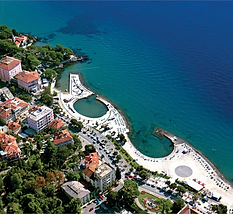

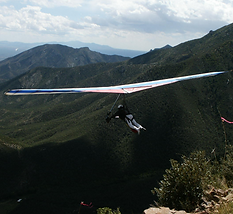

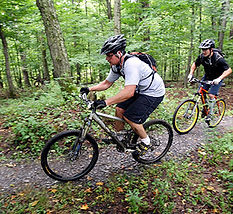
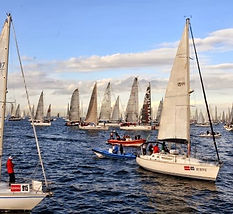

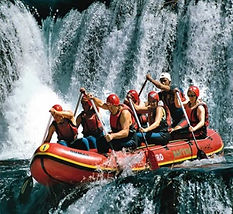


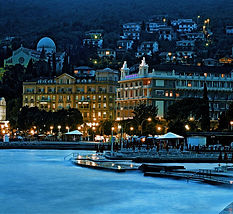
Kastav
Kastav was fortified with a medieval wall with nine towers situated on a 365m high hill. Throughout history, it has been an administrative, commercial and cultural hub of Istria and Primorje. Kastav is well known for its international events such as Kastafsko kulturno leto (The Kastav Summer of Culture) and Festival gitare (The Guitar Festival) that host a number of acclaimed international artists and attract thousands of visitors from Croatia and abroad.
Kastav is also known for festivals such as Bela nedeja (White Sunday), a traditional celebration of new wine as well as for its carnival which starts on 17th January, Saint Anthony’s Day (Antonja). It is also known for numerous meetings of wind orchestras, accordionists, winemakers as well as for the outstanding restaurants in the old town and its surroundings. Carnival parade, another Kastav's centuries-old event that takes place from 17th January to Ash Wednesday will definitely fascinate those who appreciate non-commercial events of this kind with its authenticity. As a unique event of its kind, Kastav Blues Festival gathers world-famous names of the Blues. The festival has been established in memory of the late Philadelphia Jerry Ricks, one of the most famous representatives of the country blues and the last living link with what is called the first generation of blues musicians. Ricks chose Kastav as his final resting place. The festival is held in August and is organized by the Kastav Tourist Board.
The history of Kastav dates back to prehistoric times, which is borne out by numerous archaeological finds. A valuable archaeological site is the Illyrian necropolis found in the Mišinci karst valley at the foot of the town. It is where the Iapodes, one of the Illyrian tribes, buried their deceased. Pieces of jewellery, buttons and needle pins were also found. It is not known for sure how Kastav gained its name. Some claim the name is derived from the Celtic word ‘kast’ (rock) while others say it is derived from the Latin word castellum (fort, castle).
Valuable monuments preserved to this day witness the medieval liveliness of the Kastav area. Among them are the town's Kaštel, the Municipal Loggia, the Volta (arched doorway), The Parish Church of Saint Jelena Krizarica, Lokvina square, the remains of the Crekvina and the Church of the Holy Trinity and a number of ornaments embedded in the nucleus of the town.
Kastav area in ancient times stretched all the way to Mount Učka’s slopes so the villages of Veprinac and Mošćenice were parts of Kastav feudal estate. In the 17th century, Kastav was in the possession of the Jesuits. During their rule, in the middle of the 18th century, the building of the Crekvina church started in the place of the former Church of Saint Mary whose construction halted after the annulment of the Jesuit order in 1773.
According to legend, a woman serf, a widow and a mother of four, had to build the church. The church was almost finished when the woman's curse knocked down the church. Only the northern wall and the shrine remain.
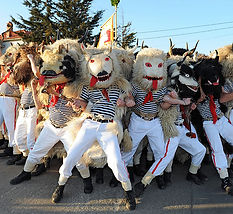
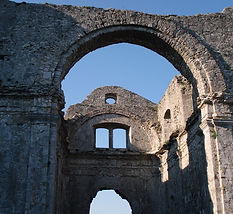


Opatija
Variously known as the ‘Old Dame’, the ‘Pearl of the Adriatic’ or the ‘Queen of Tourism’, Opatija in Croatia is a remarkable seaside resort town with a long history of tourism stretching back to 1844. Stop for a moment, close your eyes, and you are likely to feel its rich cultural heritage and almost hear the footsteps from the past...
Opatija is located in the Kvarner Bay, at the foot of the Mount Ucka and some 15 km from Rijeka, Croatia's third largest city. The centre of the Riviera, Opatija is surrounded by numerous small towns and villages, from Volosko to Lovran, connected by a seafront promenade Lungo mare.
Opatija is very easy to reach; this Mediterranean oasis is now closer to Central Europe than ever before thanks to its network of new roads. You can, of course, choose other means of transport - a train station, airports and harbours are easily accessible within a 40 kilometre radius.
When in Opatija, the feel of the 19th century is everywhere and amongst grand hotels with elegant facades you can easily visualise past visitors from Austria’s Hapsburg dynasty, such as the Emperor Franz Joseph, or perhaps famous artists like Isadora Duncan, or a long list of world dignitaries who have over the years chosen this gem of Croatia’s Adriatic coast as their holiday destination. And what Opatija has preserved and certainly has today is a holiday destination of elegance and style!
Much of Opatija’s reputation as a holiday destination is as a result of the mild Mediterranean climate that its visitors have traditionally come to experience. The entire Opatija Riviera, of which the town of Opatija is at the centre of, and which stretches along Croatia’s Kvarner Gulf, typically offers clear blue seas, a Mediterranean summer and pleasant weather in the winter.
In the past doctors would prescribe a trip to Opatija as a cure-all for a variety of illnesses, and on the back of this tradition the region has developed into a world-class wellness centre. All of the hotels in the area offer a wide range of wellness packages – ideal for getting away from the stresses and strains of modern day life.
If you are a lover of jazz, then Opatija is the place to visit every year on the first weekend in July. Since 2003, at this time of year the town plays host to the Liburnia Jazz Festival, with a programme tailored to meet the expectations of even the most demanding audiences. The distinctive feature of this festival is the Jazz Boat, where you can enjoy your favourite music on a trip along the coast of the Riviera on warm summer nights. There are also numerous concerts on Opatija's terraces. The main programme takes place under a starry sky at Opatija's Open Air Theatre.
The peak of the summer season, July and August, are ideal for sunbathing on a beach where you can soak up the summer sun and relax body and mind. Surrender to the magic of the sea and visit beaches that offer daily entertainment in their bars, karaoke programmes and a wide range of excellent culinary specialities. In the evening, the town wakes up again, offering a lively nightlife to suit every taste.
The relaxed, laid-back atmosphere continues throughout the summer – come to Opatija and enjoy the holiday of your dreams!

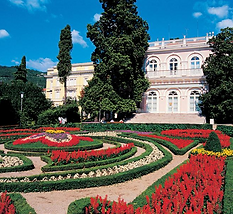


Rijeka
Rijeka, a Croatian city and port located in Rijeka Bay, on the north coast of the Kvarner Gulf in the northern Adriatic. Whether arriving from east or west, this is where travellers first meet the blue ocean. The surrounding mountain landscape of the Primorsko-Goranska district adds to the attraction of the area around Rijeka, the most developed tourist region in Croatia. The mild Mediterranean climate is a further bonus. Average January temperatures are around 5°C, in mid-summer a pleasant 23°C with well over 2000 hours of annual sunshine. Rijeka, the third largest city in Croatia, is also an important industrial and commercial centre. It has also developed into a key centre for business and congress tourism, hosting a number of events including the Spring Fair in April, Automobile Fair in May, North Adriatic Fair in October and the Christmas Fair.
Thanks to its modern port facilities and strong naval tradition, Rijeka has grown to become Croatia’s largest port as well as a major European transit port. Although Rijeka lost some of its weight between the two world wars, it regained momentum and importance from 1945, with several shipping companies basing themselves in Rijeka and expanding the shipping industry.
Trsat, the fortress seen towards the bottom of this series of photos, sits high on a hill in a dominant position overlooking the River Riječina. The fortress has played a crucial role in numerous conflicts through the ages, including defence against Turkish attacks. At one time a constant guard was posted there on the lookout for invaders from the sea but as the danger diminished, the fortress lost its strategic importance and finally fell when it was destroyed in the great earthquake of 1750. In 1824 the vestiges were handed over to Irish-born Laval Nugent, a general in the Austrian army, who began reconstruction. However, his heirs were unable to continue the restoration and eventually sold the property. The fortress was later opened to the public, with the most recent improvements made in 1960. Today it is a venue for a range of summer events.
